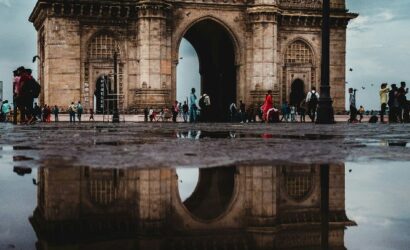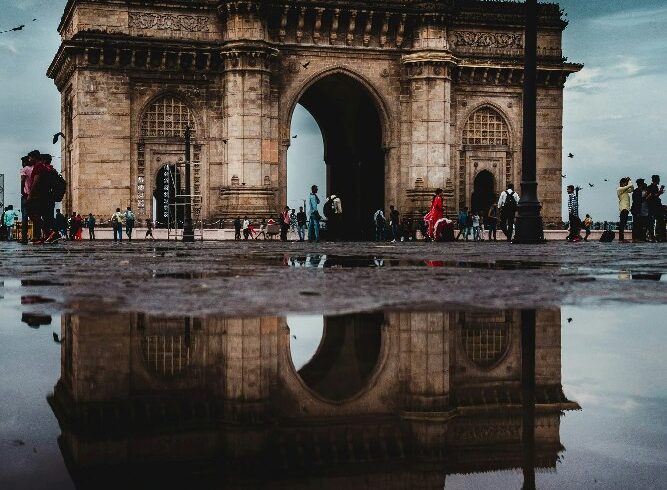Bhimashankar Jyotirlinga is one of the 12 sacred Jyotirlingas of Lord Shiva, located in the Sahyadri hills of Pune District, Maharashtra. It is a highly revered pilgrimage site known for its spiritual significance, stunning natural surroundings, and architectural beauty.
🕉️ Key Details about Bhimashankar Jyotirlinga:
- Deity: Lord Shiva (as Bhimashankar)
- Location: Bhorgiri village, Khed taluka, ~110 km from Pune, Maharashtra
- Setting: Nestled in the Sahyadri mountain range, surrounded by lush greenery and dense forests — part of the Bhimashankar Wildlife Sanctuary
- River Origin: The Bhima River, a major tributary of the Krishna River, is believed to originate here.
🌟 Mythological Significance:
- The temple is linked to the legend of demon Tripurasura, who was slain by Lord Shiva in his Bhimashankar form.
- Shiva then manifested here as a Jyotirlinga.
- The sweat that poured from Shiva’s body after the battle is said to have formed the Bhima River.
🏛️ Architectural Features:
- Built in Nagara style, the temple features ancient stone carvings, intricate sculptures, and a peaceful atmosphere.
- Parts of the temple date back to the 13th century, though much of it was restored and expanded by Nana Phadnavis, a Peshwa minister.
🧭 How to Reach:
- By Air: Nearest airport – Pune International Airport (~110 km)
- By Rail: Nearest railway stations – Pune or Karjat
- By Road: Accessible by private vehicles, state buses, or trekking routes. A popular route is via Manchar and Ghodegaon.
🌿 Nearby Attractions:
- Bhimashankar Wildlife Sanctuary – home to the rare Giant Indian Squirrel (Shekru).
- Hanuman Lake
- Gupt Bhimashankar – a hidden shrine deeper in the forest.
- Nagphani Point (Duke’s Nose) – a viewpoint offering scenic vistas.
📅 Best Time to Visit:
- October to March – Pleasant weather for trekking and exploring.
- Monsoon (June to September) – Beautiful greenery but slippery trails; exercise caution.
- Avoid peak summer (April–May) due to heat and humidity.




